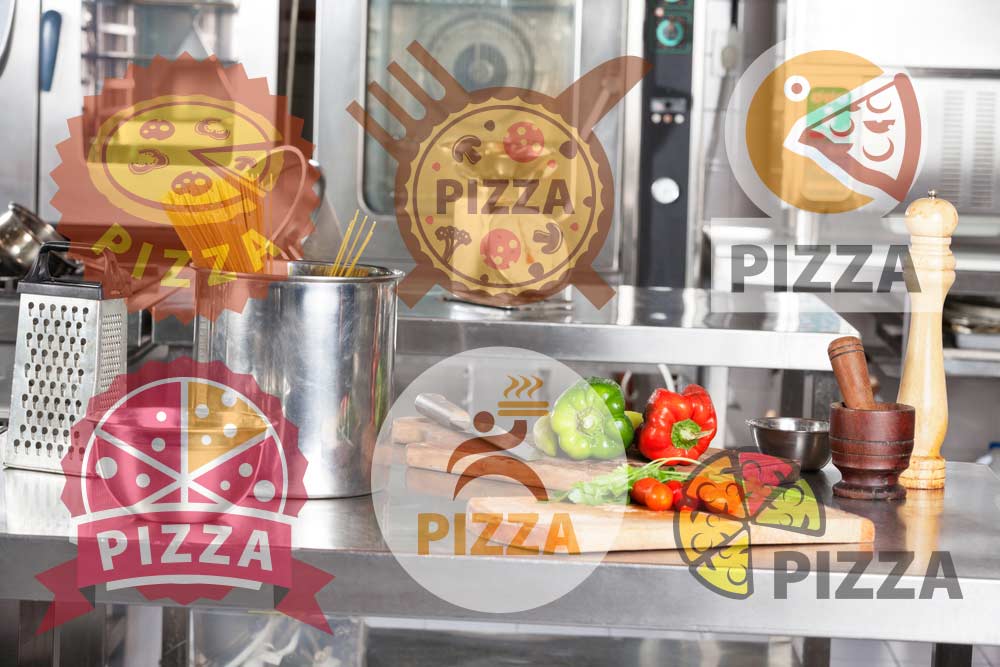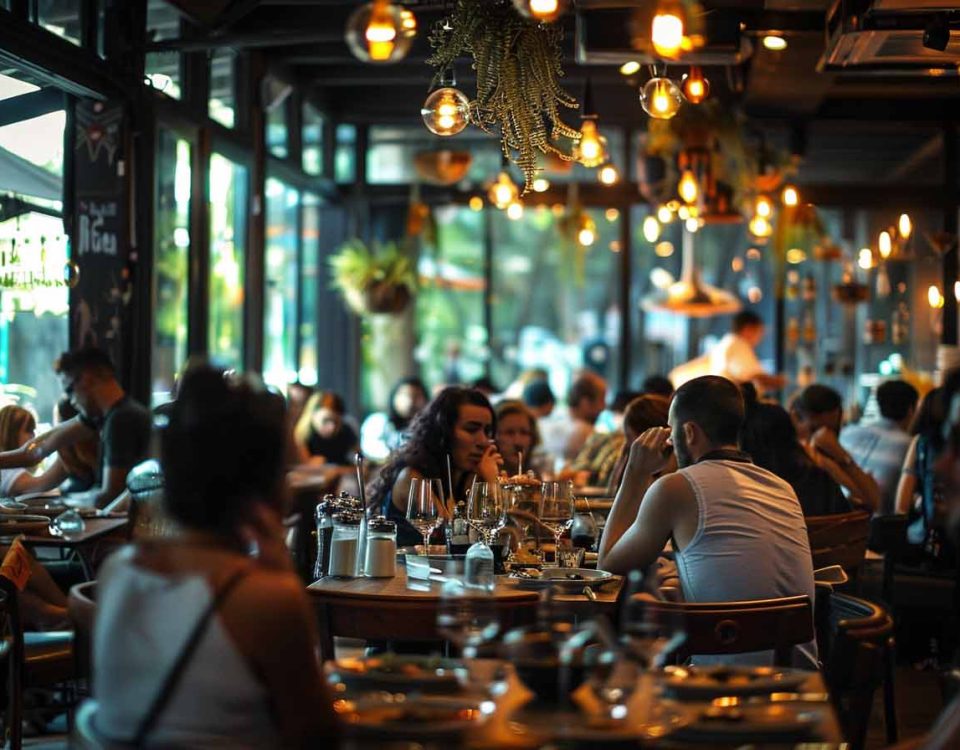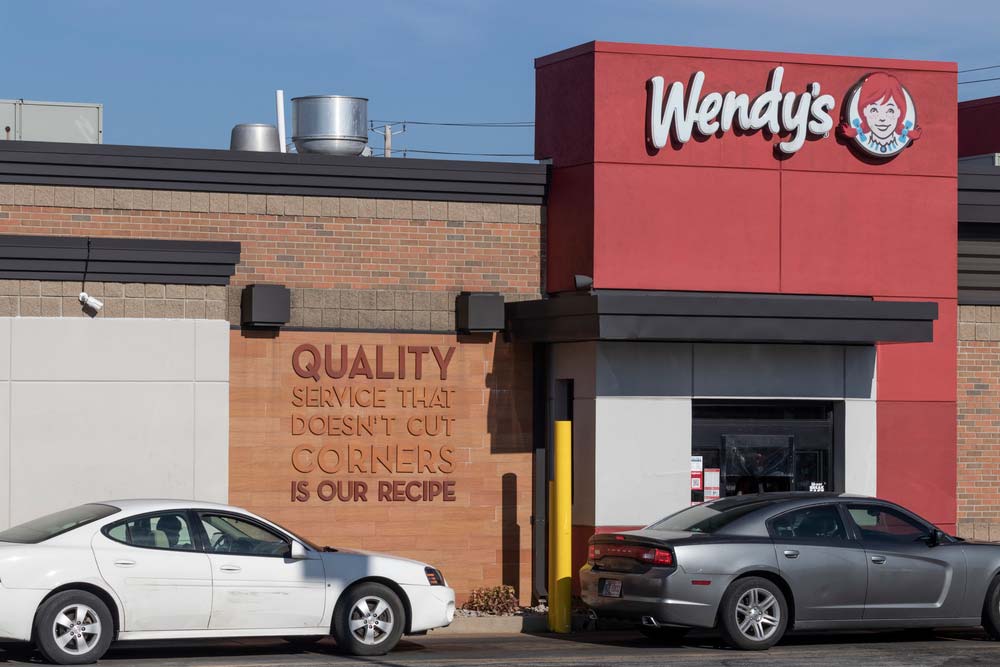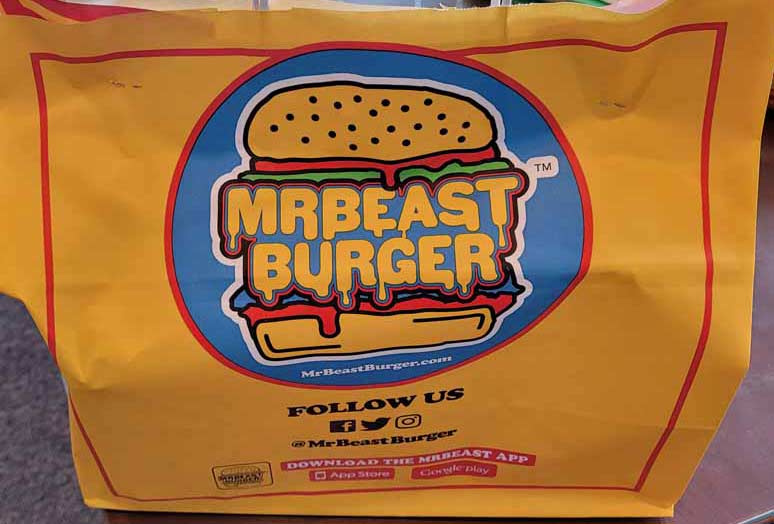
Why Your Food Business Should Include a Ghost Kitchen

The food industry has always been a dynamic and ever-changing field. Over the years, we have seen new concepts and innovations that have transformed the industry, and one of the latest trends is the rise of ghost kitchens. In this article, we will discuss what ghost kitchens are, why they are becoming popular, and how to open one.
Supplement Your Sales with A Ghost Kitchen Concept
Operating a ghost kitchen or selling an existing ghost kitchen brand can be a lucrative business strategy for restaurants. If you are a restaurant owner or an aspiring restaurant owner, then you should launch a ghost kitchen! By launching a delivery-only concept or partnering with a ghost kitchen company, restaurants can expand their reach and tap into new revenue streams without the overhead costs of running a traditional brick-and-mortar restaurant. Ghost kitchens also offer greater flexibility and scalability, as they can quickly adjust their menu and operations based on customer demand. Additionally, ghost kitchens allow restaurants to reach customers in areas where it may not be feasible to open a physical location. By leveraging the benefits of a ghost kitchen, restaurants can increase their sales and profitability, making it a smart investment for those looking to grow their business. Selling an existing ghost kitchen brand can also be profitable, as it allows restaurants to capitalize on their brand recognition and expertise in a particular cuisine.
What is a Ghost Kitchen?
A ghost kitchen, also known as a virtual kitchen or cloud kitchen, is a professional kitchen facility that prepares food for delivery-only businesses. Ghost kitchens have no physical storefront and do not serve customers on-site. Instead, they operate solely through online ordering platforms such as Uber Eats, DoorDash, and GrubHub. Customers place their orders through these platforms, and the food is delivered to them directly from the ghost kitchen.
Ghost kitchens typically have a smaller footprint than traditional restaurants, and as such, they are often cheaper to open and operate. Because they do not have a storefront, they also do not have to worry about the overhead costs associated with running a physical restaurant, such as rent, utilities, and staff for front-of-house operations. Instead, they can focus solely on food preparation and delivery.
Why are Ghost Kitchens Becoming Popular?
There are several reasons why ghost kitchens are becoming increasingly popular. One of the main reasons is the rise of food delivery services. Consumers today are increasingly turning to online ordering platforms to order food, and this trend has only been accelerated by the COVID-19 pandemic. Ghost kitchens allow food businesses to meet this demand by focusing solely on delivery, without the need for a physical storefront.
Another reason for the rise of ghost kitchens is the lower cost of entry. As mentioned earlier, ghost kitchens are often cheaper to open and operate than traditional restaurants. This makes them an attractive option for entrepreneurs who are looking to get into the food industry but do not have the capital to open a full-scale restaurant.
Finally, ghost kitchens allow for greater flexibility and experimentation in the food industry. Without the need for a physical storefront, food businesses can test out new menu items and concepts more easily. This allows for greater innovation in the food industry and can help to drive the development of new trends and ideas.
How to Open a Ghost Kitchen
If you are interested in opening a ghost kitchen, there are several steps you should follow. Here is a brief overview of the process:
- Choose a Location
The first step in opening a ghost kitchen is to choose a location. When choosing a location, you should consider factors such as the cost of rent, proximity to customers, and the availability of delivery services in the area. - Obtain the Necessary Licenses and Permits
Like any food business, a ghost kitchen will need to obtain the necessary licenses and permits to operate. This may include a food service establishment permit, a business license, and a health permit. The specific requirements will vary depending on your location, so be sure to research the requirements in your area. - Set Up Your Kitchen
Once you have secured a location and obtained the necessary licenses and permits, you can begin setting up your kitchen. You will need to purchase the necessary equipment and supplies, such as ovens, refrigerators, and cooking utensils. You will also need to hire a staff to handle food preparation and delivery. - Partner with Delivery Platforms
To reach customers, you will need to partner with delivery platforms such as Uber Eats, DoorDash, and GrubHub. These platforms will handle the ordering and delivery process, so you can focus on food preparation. - Develop Your Menu
Your menu is one of the most important aspects of your ghost kitchen. You will need to develop a menu that is both appealing to customers and feasible for your kitchen to prepare. Be sure to consider factors such as ingredient availability, cooking time, and cost
Digital Marketing
In addition to SEO, there are many other digital marketing tactics you can use to promote your ghost kitchen. These may include social media marketing, email marketing, and paid advertising. Be sure to experiment with different tactics and track your results to see what works best for your business.
Partnering with Delivery Platforms
As mentioned earlier, partnering with delivery platforms is a key part of operating a successful ghost kitchen. However, it's important to choose the right platforms and negotiate favorable terms. Some platforms may charge high fees or take a large percentage of your sales, which can eat into your profits. Be sure to research your options and negotiate terms that work for your business.
Creating a Delivery App
Mobile apps are a must for restaurants. While partnering with existing delivery platforms is important, you may also want to consider creating your own delivery app. This can give you more control over the customer experience and allow you to build a loyal customer base. However, creating a delivery app can be expensive and time-consuming, so be sure to weigh the costs and benefits carefully.
Related: Be sure to read our guide on how to get more downloads for your restaurant app!
Search Engine Optimization (SEO)
Search engine optimization (SEO) is the process of optimizing your restaurant's website and content to rank higher in search engine results. This is important for any online business, including ghost kitchens. By optimizing your website for relevant keywords and ensuring that your content is high-quality and engaging, you can attract more traffic and customers to your site.
Related: Read more about the best SEO strategies for restaurants!
What Is the Difference Between A Ghost Kitchen and a Ghost Kitchen Brand?
Ghost kitchens and ghost kitchen brands are two distinct concepts in the food industry. While both operate with the goal of providing delivery-only food service, there are some key differences between the two.
The Ghost Kitchen (Brick and Mortar Location)
A ghost kitchen, also known as a virtual kitchen or dark kitchen, is a professional kitchen facility that is dedicated solely to preparing food for delivery or takeout. These kitchens may be rented by restaurants or food entrepreneurs who don't have the capital to open a traditional brick-and-mortar location. Ghost kitchens often operate under different brand names and offer specialized menus, catering to specific types of cuisine or dietary needs.
The Ghost Kitchen Brand (The Culinary Product)
In contrast, a ghost kitchen brand is a delivery-only restaurant concept that is developed and marketed as a standalone brand. These brands may operate out of existing restaurant kitchens or dedicated ghost kitchen facilities, but they offer a distinct menu and brand identity that is separate from any existing restaurant concept. Ghost kitchen brands may be developed by celebrity chefs, social media influencers, or established restaurant brands looking to expand their reach through delivery-only channels.
What Business Module Is Best For You?
Are you more interested in production or sales? If your skills are more suited in the production side, then you may want to operate an actual ghost kitchen and prepare other people's food creations. However, if your skills are more suited to creation and marketing, then you may want to build your own ghost kitchen brand and partner with a restaurant that can produce your food. If you are a restaurant owner and have the ability to do both, then you should definitely do both.
While both ghost kitchens and ghost kitchen brands share a common goal of providing delivery-only food service, they operate under different business models. Ghost kitchens offer shared kitchen space and logistics support to multiple restaurant brands, while ghost kitchen brands operate as standalone restaurant concepts with their own unique branding and menu offerings. Ultimately, both models are designed to capitalize on the growing demand for food delivery and provide customers with convenient, high-quality food options that can be enjoyed from the comfort of their own homes.
Well Known Ghost Kitchens
Ghost kitchens are a relatively new concept in the restaurant industry, but they have quickly gained popularity in recent years. Here are some examples of famous ghost kitchens:
- Kitchen United - Kitchen United is a ghost kitchen company that operates several facilities across the United States. They partner with restaurants to help them expand their delivery and takeout capabilities.
- Zuul Kitchens - Zuul Kitchens is a New York-based ghost kitchen company that provides shared kitchen spaces for restaurants and food entrepreneurs.
- CloudKitchens - CloudKitchens is a company founded by former Uber CEO Travis Kalanick that operates ghost kitchens in several cities around the world. They provide kitchen space and logistics support to restaurant brands and delivery-only concepts.
- Reef Kitchens - Reef Kitchens is a Miami-based company that operates ghost kitchens in several cities across the US. They partner with restaurant brands to help them expand their delivery and takeout capabilities.
- Deliveroo Editions - Deliveroo Editions is a ghost kitchen company that operates in several cities across Europe and Asia. They partner with restaurant brands to help them reach new customers in different markets.
- DoorDash Kitchens - DoorDash Kitchens is a ghost kitchen company owned by food delivery platform DoorDash. They provide kitchen space and support services to restaurant brands and delivery-only concepts.
- Kitopi - Kitopi is a Dubai-based ghost kitchen company that provides shared kitchen spaces and logistics support to restaurant brands and food entrepreneurs across the Middle East and North Africa.
- Virtual Kitchen Co. - Virtual Kitchen Co. is a Los Angeles-based ghost kitchen company that provides kitchen space and support services to restaurant brands and food entrepreneurs. They operate several facilities across California.
These are just a few examples of the many ghost kitchen companies that are operating around the world. As the demand for food delivery continues to grow, we can expect to see more ghost kitchens emerge in the coming years.
Popular Ghost Kitchen Brands
Ghost kitchens are becoming increasingly popular, and many well-known brands have launched their own delivery-only concepts in recent years. Many of these food brands are businesses owned by celebrities who use their fame to market their food. Here are some examples of famous ghost kitchen brands:
- Mr. Beast Burgers - Mr. Beast Burgers is a delivery-only burger chain launched by YouTube star Mr. Beast. The brand operates out of existing restaurant kitchens, allowing them to quickly scale their operations and reach new customers.
- Pauly D's Italian Subs - Pauly D's Italian Subs is a delivery-only sandwich chain launched by reality TV star Pauly D. The brand offers a variety of Italian-style sandwiches, salads, and sides.
- Tyga Bites - Tyga Bites is a delivery-only chicken wing chain launched by rapper Tyga. The brand offers a variety of chicken wing flavors, as well as sides and desserts.
- Mariah's Cookies - Mariah's Cookies is a delivery-only cookie chain launched by singer Mariah Carey. The brand offers a variety of freshly baked cookies, as well as ice cream sandwiches.
- Guy Fieri's Flavortown Kitchen - Guy Fieri's Flavortown Kitchen is a delivery-only restaurant concept launched by celebrity chef Guy Fieri. The brand offers a variety of American-style dishes, including burgers, sandwiches, and wings.
- Kitchen United Mix - Kitchen United Mix is a delivery-only restaurant concept launched by ghost kitchen company Kitchen United. The brand partners with restaurant brands to offer a variety of cuisines, including Italian, Mexican, and Asian.
- Wiz Khalifa's HotBox by Wiz - Wiz Khalifa's HotBox by Wiz is a delivery-only restaurant concept launched by rapper Wiz Khalifa. The brand offers a variety of comfort food dishes, including mac and cheese, chicken wings, and sandwiches.
These are just a few examples of the many famous ghost kitchen brands that are operating today. As the demand for food delivery continues to grow, we can expect to see more well-known brands entering the ghost kitchen space.
Time To Start Your Ghost Kitchen Today!
Opening a ghost kitchen can be a smart move for entrepreneurs who are looking to capitalize on the growing demand for food delivery services. By following the steps outlined above and focusing on key areas such as delivery partnerships, app creation, SEO, and digital marketing, you can increase your chances of success. As with any business venture, it's important to do your research and plan carefully before launching your ghost kitchen. But with the right strategy and execution, a ghost kitchen can be a profitable and rewarding business.
If you need help in getting your ghost kitchen noticed online, then we can help! Let Archmore Business Web handle your digital marketing! Our team of experts can improve your website's design, optimize it for search engines, and create stunning graphics to help you stand out from the competition. With our digital marketing strategies, we can drive more traffic to your website and increase your online presence. Contact us today to take your ghost kitchen to the next level!
Ask Us How We Can Improve Your Online Presence
We can help you with:
- Website Design
- SEO
- Paid Advertising
- Social Media
- Graphics and Branding
Call now: 614-568-7500 Ext 1
Book a call with Mike Forrest, CEO of Archmore Business Web




















